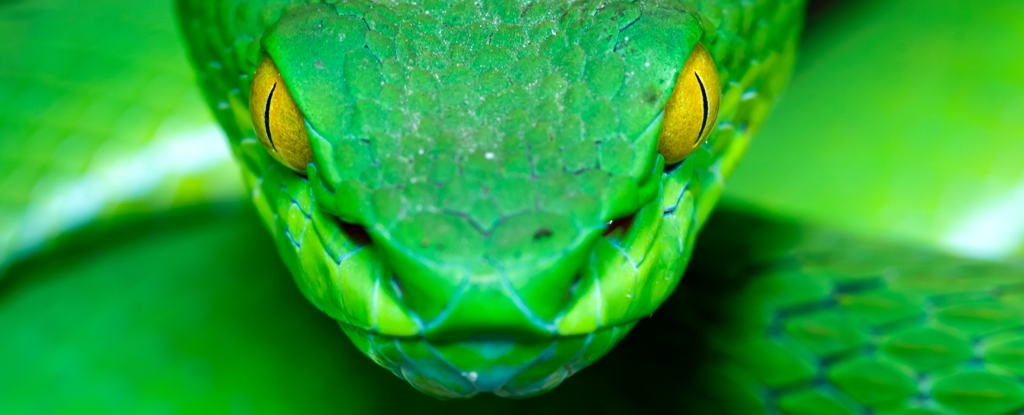For the longest time, we’ve misunderstood the Amazon. Archaeologists traditionally considered it a region unfavorable for food production, with large swaths of uninhabitable wilderness. New research turns this perception on its head. A new study reveals evidence of sophisticated agriculture and animal management in pre-colonial Amazonia, suggesting that indigenous societies cultivated maize and managed muscovy ducks for over 1300 years.

From Maize to the Muscovy Duck
The Llanos de Mojos is a vast floodplain in modern Bolivia. This region is home to the Casarabe culture, known for its intricate networks of canals and monumental mounds that span over 4,500 square kilometers. These early urban societies flourished between 500 and 1400 CE, relying heavily on agriculture and water management.
A team of scientists led by Tiago Hermengildo, from the Max Planck Institute of Geoanthropology in Jena, Germany, used isotopes to analyze ancient diets. These isotopes (atoms with differing numbers of neutrons) vary depending on the types of plants and animals consumed. In particular, the researchers focused on carbon and nitrogen isotopes. When humans or animals consume specific plants, the isotopic values are incorporated into their tissues, providing a chemical record of their diet.

Maize, introduced to the Amazon area some 6,500 years ago, was adopted as a staple by the Casarabe culture as early as the year 700 CE. Stable isotope analysis of human remains from archaeological sites confirmed a diet rich in maize during the Casarabe culture’s early phases. The Casarabe people also cultivated a variety of other crops, such as manioc, sweet potatoes, squash, and chili peppers, reflecting a diversified agricultural system.
This is already a significant finding. Although researchers knew this type of agricultural crop must have been important for cultures in the region, direct evidence of how these people grew and used these plants were elusive. However, one of the most groundbreaking findings from this study is evidence of muscovy duck management.
Ducks in the Amazon

The big question isn’t whether humans ate ducks or not — it’s whether these ducks were domesticated or not. It’s hard to find clear evidence of this, yet here too, isotopes come to the rescue.
Humans applied the same procedure to ducks, finding that they exhibit isotope signatures that indicate a diet rich in maize. This isn’t something that ducks would have eaten in the wild. So, this suggests the ducks they were intentionally fed by humans, possibly marking one of the earliest examples of animal domestication in the Amazon.
Researchers further corroborated this idea by finding signs of confinement-related pathologies in duck remains. When we keep animals in captivity, this makes them much more predisposed to specific diseases and conditions. Interestingly, the importance of maize in human diets appeared to decline after 1100 CE. Isotope data showed a gradual reduction in maize consumption, accompanied by a diversification of food sources.
This shift could reflect changes in agricultural practices or increased trade with neighboring regions. The extensive network of canals and waterways would have facilitated such exchanges, allowing the Casarabe people to adapt to new social and environmental conditions.
Sophisticated agriculture

These discoveries challenge outdated views of Amazonian societies as primitive and unsophisticated. Instead, they reveal a vibrant history of innovation, adaptability, and complex social organization. The integration of maize agriculture and animal management highlights a deep understanding of ecological systems and sustainable living.
The research also underscores the Amazon Basin’s role as a secondary center of maize improvement. Genetic and archaeological data suggest that varieties of maize were adapted to the humid, tropical conditions of the Amazon before spreading to other regions. This process, which began as early as 4500 BCE, was pivotal in shaping the agricultural landscape of South America.
The domestication of muscovy ducks and the cultivation of maize are not isolated phenomena. They are part of a broader pattern of human-environment interaction that shaped the Amazon’s biodiversity. Pre-Columbian societies played an active role in creating and maintaining the ecological complexity that characterizes the region today.
The study was published in Nature Human Behavior.








Leave a Comment